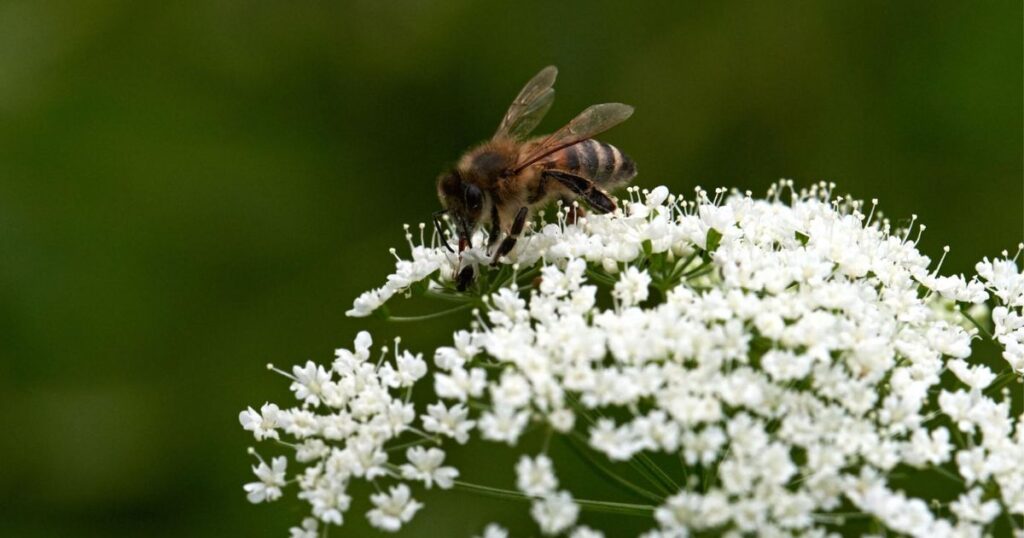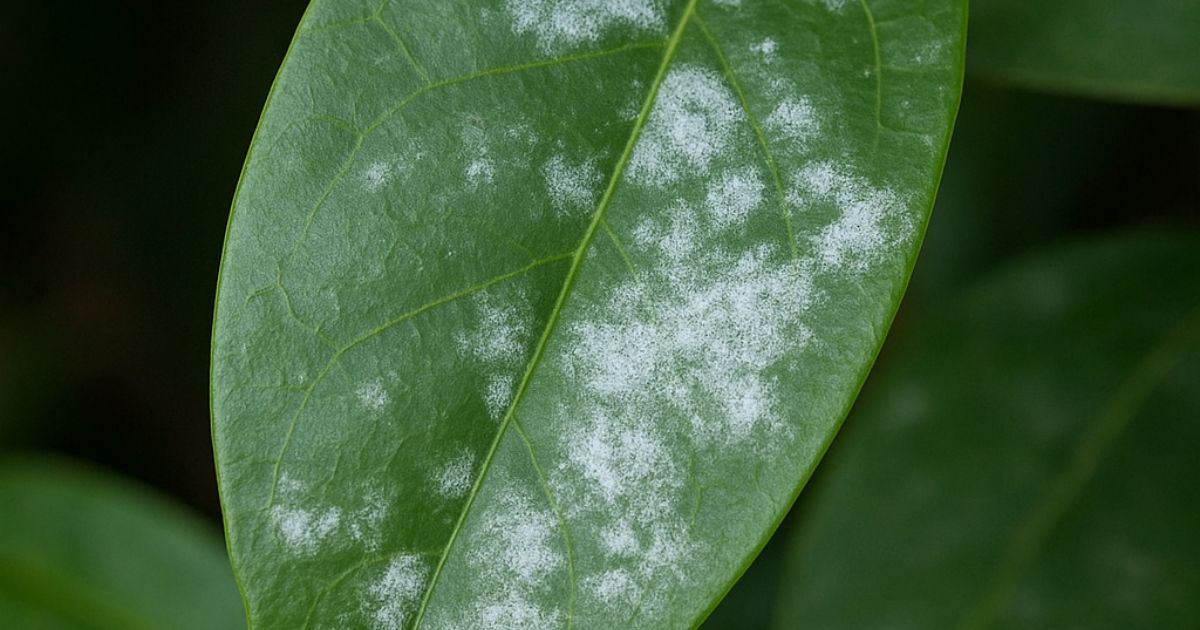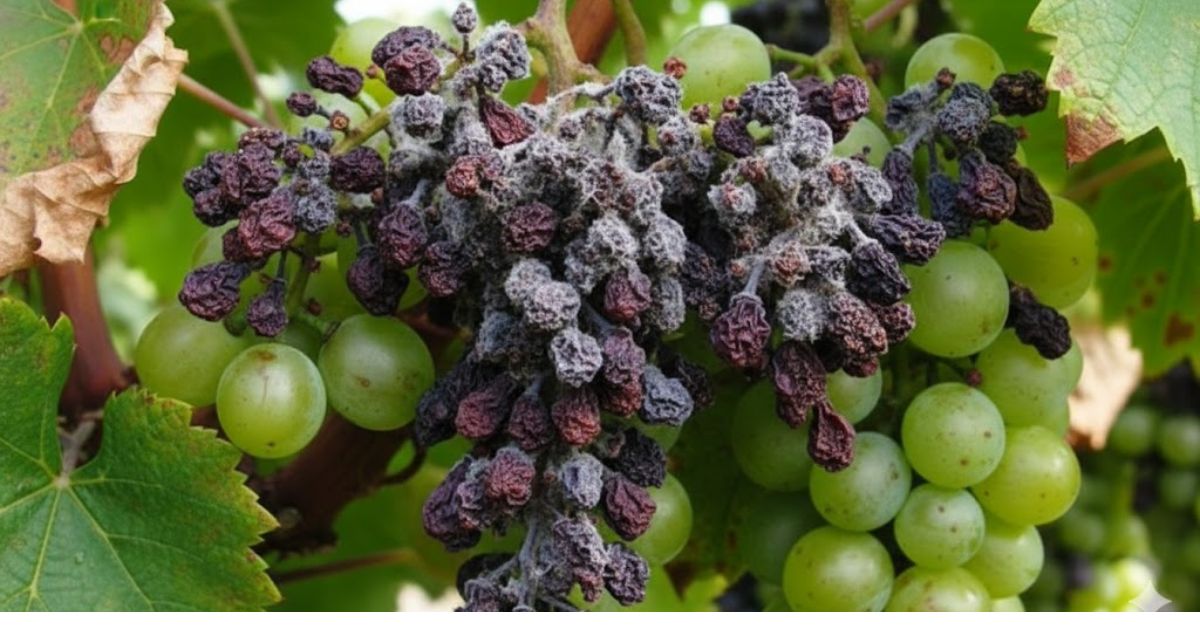Ground elder (Aegopodium podagraria) is one of the most persistent and invasive weeds that gardeners face. With its lush green leaves and rapid growth, it can quickly take over flower beds, vegetable patches, and lawns, choking out desirable plants. Its ability to spread through underground roots, or rhizomes, makes it notoriously difficult to control, and even small fragments left in the soil can regrow into new plants.
If you’ve noticed patches of this stubborn weed in your garden, you’re not alone. Many gardeners struggle to keep it under control. In this guide, we’ll explore practical and effective methods for how to get rid of ground elder, including manual removal, smothering techniques, chemical options, and long-term prevention strategies. By following these strategies, you can reclaim your garden and prevent this invasive weed from reappearing.
Identifying the Enemy: What Does Ground Elder Look Like?
Before you can fight Ground elder removal you need to know your foe. Misidentification can lead to wasted effort or harming beneficial plants. Ground elder is a herbaceous perennial in the carrot family (Apiaceae), emerging early in spring with fresh green leaflets on hollow stalks. The leaves are compound, typically divided into three groups of three leaflets (trifoliate), each oval-toothed and up to 8cm long. They have a fresh, parsley-like scent when crushed, which is a key distinguisher from lookalikes like hogweed or cow parsley.
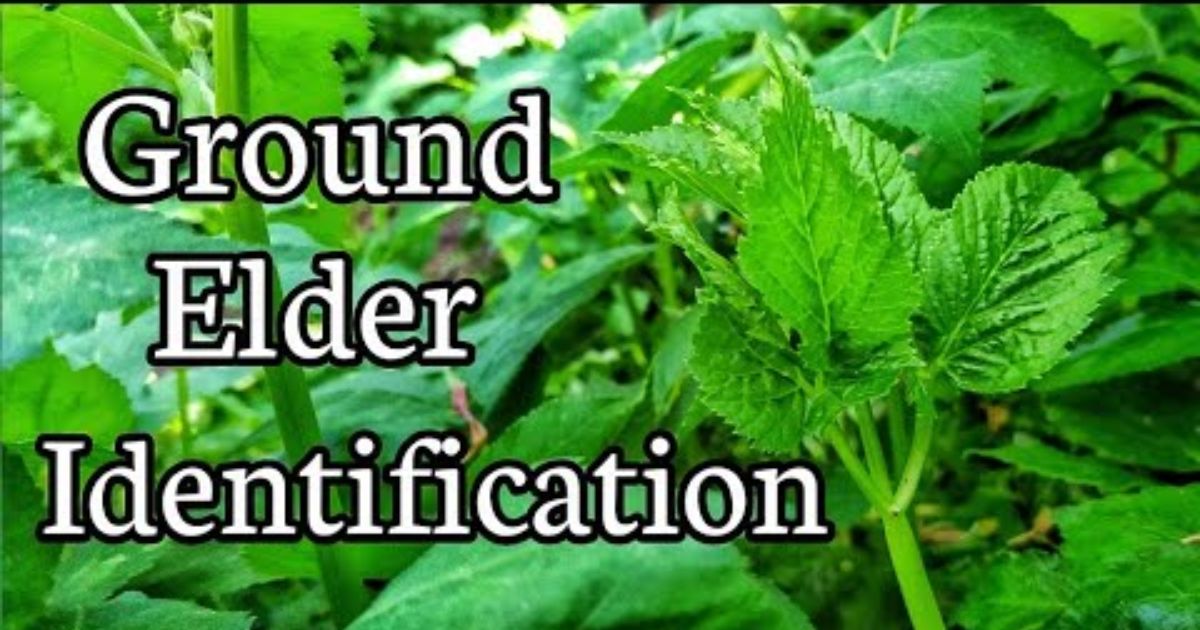
In late spring to summer, it sends up flower stalks up to 60cm tall, topped with flat umbels of tiny white flowers similar to other umbellifers but smaller and more compact. How to Grow Tulips After flowering, it produces ridged oval seeds, though it rarely spreads by seed in gardens; the real menace is underground. The rhizomes are pale, creamy-white, brittle, and form dense mats just below the soil surface, extending up to a meter in a season.
Why Ground Elder is a Gardener’s Nightmare
Ground elder earns its reputation as a weed through sheer persistence and aggression. It forms dense carpets that smother other plants, blocking light and competing for nutrients and water. Its rhizomes weave through the soil like a subterranean network, regenerating from even the tiniest fragments left behind during digging. This vegetative propagation makes it nearly immortal in untreated areas; one overlooked root can give rise to a new colony.
Ecologically, it’s a mixed bag. While it provides habitat for insects like beetles and moths, including rare species like the swallowtail butterfly, its invasiveness disrupts native biodiversity. Can You Really Install Turf Yourself In gardens, it invades lawns, borders, and vegetable patches, reducing yields and aesthetic appeal. Once established, it can take years to eradicate, frustrating even seasoned gardeners. Economic costs also add up to the time spent weeding, buying tools or herbicides, and replacing choked plants. In urban areas, it exploits cracks in pavements or neglected lots, spreading to neighboring properties. Ground elder control methods Simply put, ground elder doesn’t play fair; it thrives in shade where many weeds falter, making it a stealthy and invasive species.
Turning Foe into Food: The Edible Side of Ground Elder
Before you declare all-out war, consider this: ground elder is edible! Yes, this “weed” was once a staple herb, and foraging enthusiasts still prize it today. The young leaves, harvested before flowering, have a mild, parsley-celery flavor with a hint of bitterness and citrus, making them perfect for salads, soups, or stir-fries. Roots are also edible, tasting like nutty celery when boiled or roasted.
Try this simple recipe: Ground Elder Pesto. Blend 2 cups of young leaves with 1/2 cup of nuts (pine or walnuts), 1/2 cup of Parmesan, 2 garlic cloves, and olive oil to taste. Season with salt and lemon juice for zing. It’s nutritious, packed with vitamins A and C, as well as antioxidants.
Another idea: Sautéed Ground Elder Greens. Blanch the young shoots, then sauté them in butter with garlic and onions for a side dish similar to spinach. In Scandinavian cuisine, it’s called “kirskål” How to Prevent Termites After Cutting Down a Tree and used in bold-flavored dishes. Foragers note that regular harvesting can weaken small patches over time, though it’s not a complete control method.
Caution: Ensure no pesticides have been used and identify correctly to avoid toxic lookalikes, Smothering ground elder such as hemlock. Start small to check for allergies. Embracing its edibility might shift your perspective from pest to pantry staple
Organic Warfare: Natural Methods to Banish Ground Elder
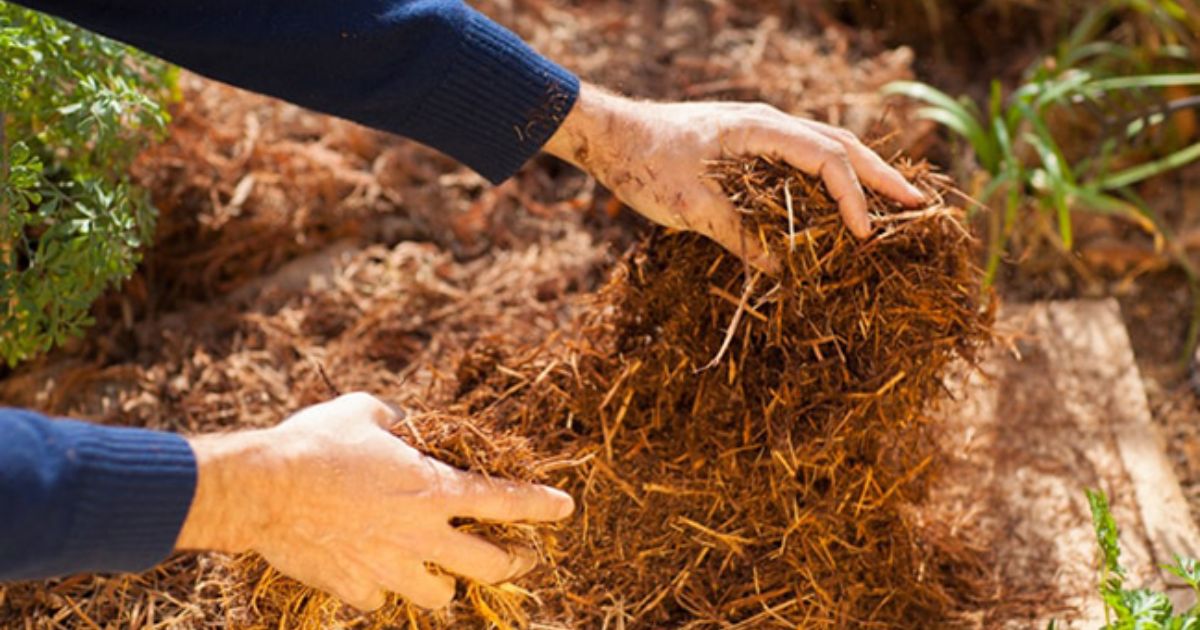
For eco-conscious gardeners, organic methods are the preferred approach. These require patience, but they avoid the use of chemicals. Start by assessing the infestation size; small patches are easier to manage.
Persistent Digging and Forking: The gold standard for organic removal. Use a border fork to lift plants, grasping rhizomes and tracing them out. Dig to full depth, removing as much root as possible. Repeat every few weeks, especially in spring. Loosen soil post-digging and mulch thickly to draw remaining roots up for easier extraction.
Pros: Targets the source, no residues. Cons: Labor-intensive; misses can lead to regrowth.
Smothering with Mulch: Block light to starve roots. Mulching to kill ground elder Cover with cardboard or heavy biodegradable matting, then 20cm of bark or wood chips. Leave for 2-3 years, topping up as needed.
Mowing and Cutting: In lawns, regular mowing weakens the grass over time. Cut new growth repeatedly to deplete energy reserves. Combine with seeding competitive grasses.
Pros: Simple for open spaces. Cons: Takes years; edges may persist.
Outcompeting with Plants: Plant dense, Types of Organic Mulch and Their Benefits shade-tolerant species like Bergenia or lily of the valley to crowd it out. How shoots and maintains vigilance.
Pros: Enhances the garden. Cons: Initial establishment is needed.
Other Tricks: Use chickens to scratch and eat roots, or plant allelopathic companions, such as Tagetes minuta. Avoid soil disturbance to prevent fragmentation.
Combine methods for best results: Ground elder herbicide dig, then smother or plant. Persistence is key; many individuals succeed after two to three seasons.
When to Bring in the Big Guns: Chemical Control Options
If organic Manual removal ground elder, chemicals offer quicker results, but they should be used judiciously. Glyphosate (e.g., Roundup) is a commonly used herbicide. Apply it when the plants are actively growing, wait 10-14 days, and then dig up the remnants. Pros: Kills deep roots. Cons: Non-selective; environmental concerns.Glufosinate alternatives are more effective in the long term when used in combination with cutting. Always follow labels, How to Prevent Tomato Catfacing: Expert Tips for Healthy Crops wear protective gear, and avoid areas near water or edible substances.
Pros: Fast for large areas. Cons: Risks to wildlife; potential bans in some regions. Many users report success with repeats but prefer organics for safety.
Maintaining a Ground Elder-Free Garden
Once you’ve successfully removed ground elder from your garden, maintaining a weed-free space requires ongoing effort. Because ground elder is persistent and spreads easily, How to Fix Your Grass vigilance is key to preventing its return. Here’s how to keep your garden under control:
Regular Monitoring
- Inspect your garden frequently for new shoots, especially in areas previously infested.
- Early detection allows you to remove small patches before they establish a strong root system.
Mulching and Planting Ground Cover
- Apply a heavy layer of organic mulch, such as bark or wood chips, to suppress weed growth.
- Plant dense ground cover plants that compete with weeds for light, nutrients, and space.
Promote Healthy Soil and Strong Plants
- Healthy, well-nourished plants are better able to compete with weeds.
- Maintain proper soil fertility and structure to encourage vigorous growth of desirable plants.
Proper Disposal of Removed Plants
- Never compost ground elder, as its roots and fragments can survive and regrow.
- Bag removed plants and dispose of them with household waste or according to local guidelines for garden waste.
Tool Hygiene
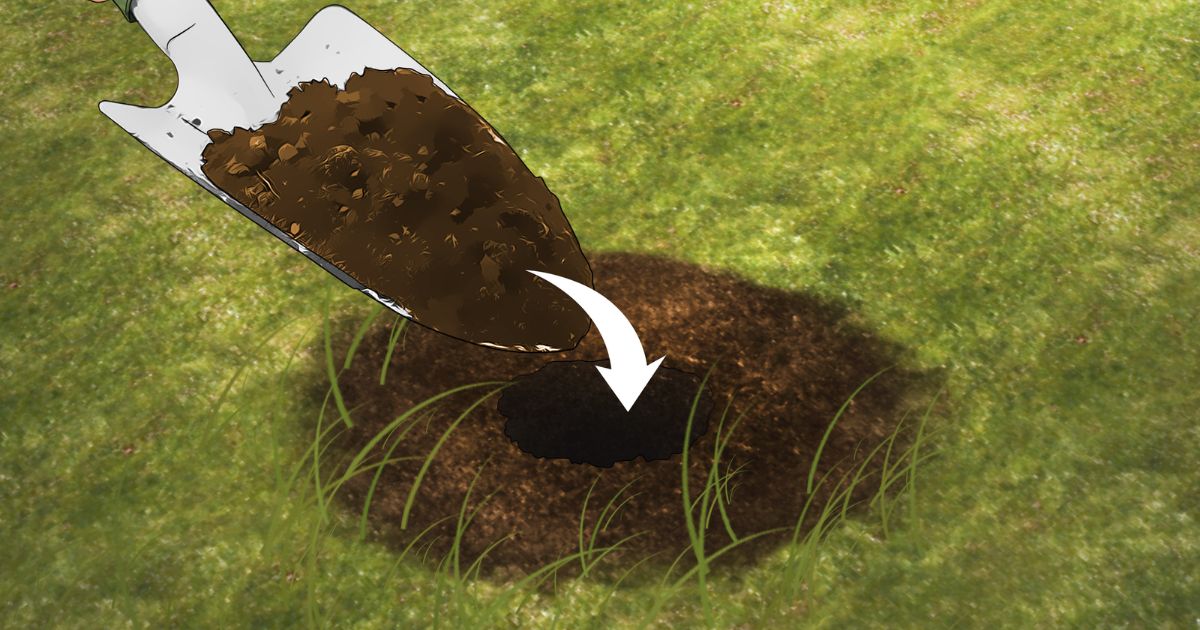
- Clean your gardening tools after working in infested areas to prevent the spread of rhizomes to other parts of the garden.
By combining regular observation, strategic planting, and careful garden hygiene, you can significantly reduce the chances of ground elder returning and enjoy a healthier, weed-free garden throughout the entire season.
Conclusion
Ground elder is one of the most stubborn weeds a gardener can encounter, but it’s not impossible to control. Success requires persistence, a combination of removal techniques, and ongoing garden maintenance. Whether you choose manual digging, smothering, or carefully applied herbicides, the key is to act early and consistently to prevent the weed from re-establishing.
By monitoring your garden regularly, promoting healthy plants, and practicing proper disposal and tool hygiene, you can keep ground elder at bay and protect your flower beds, Ground elder root system vegetable patches, and lawns from being overtaken. With patience and the right approach, it’s entirely possible to reclaim your garden and enjoy a thriving, weed-free outdoor space.
FAQ
Is ground elder poisonous or harmful to humans?
No, ground elder is not poisonous. However, it is considered invasive and can quickly take over garden spaces, outcompeting other plants.
Can I compost ground elder safely?
No, composting ground elder is not recommended. Its roots and fragments can survive and regrow, spreading the weed further. It’s better to dispose of it with household waste.
How long does it take to completely eradicate ground elder?
Eliminating ground elder can take several months to a few years, depending on its level of establishment and the extent of its infestation. Consistent removal and monitoring are crucial to success.
Are there any natural remedies for controlling ground elder?
Yes, smothering with thick mulch, cardboard, or black plastic can help block sunlight. Repeated cutting and careful manual removal are also effective natural methods.
Does ground elder come back after chemical treatment?
It can return if roots are left behind or if new seeds germinate. Chemical treatments are most effective when combined with proper removal and preventive measures.

